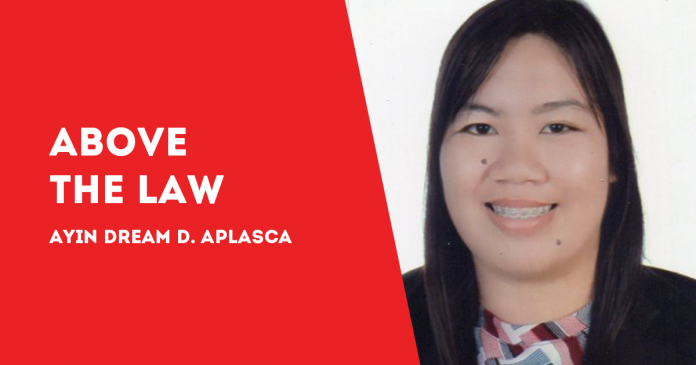
EARLIER this week, I had the chance to attend an activity organized by the freshmen students of the Iloilo Doctors’ College – College of Dentistry. The activity was one of the requirements in their subject “Politics and Governance with Philippine Constitution.”
The activity was organized to educate and inform the public, most especially the younger ones, about the political structure of our government and on how they can make use of information in exercising their rights and become useful citizens of the country.
I appreciate the effort and interest that the students gave for this activity. We often think that dentistry majors are more interested in health, medicine and science. However, watching their final input made me realized that they were also interested in spreading awareness to the general public using different platforms like the social media.
How well do you know about the structure of the government? This may sound a cliché to you. You may also think that we are old enough to know the answer, but let me share some of the things these students discussed.
The Philippines is a state. It is comprised of persons, territory, government, and sovereignty.
Under the 1987 Constitution, the government is based on the separation of powers between the executive, the legislative, and the judiciary.
The President is under the executive branch. He or she is the chief executive, head of state and commander-in-chief. He is the one that appoints cabinet secretaries who are subject to the approval by the Commission on Appointments.
The executive branch carries out and enforces laws.
The legislative branch consists of Congress – the Senate and the House of Representatives. The former has 24 members while the latter is composed of not more than 250 members, unless otherwise fixed by law.
It is authorized to make laws, alter and repeal them through the power vested in the Congress. It enacts legislation, confirms or rejects presidential appointments.
The judicial branch interprets the meaning of laws and decides if laws violate the Constitution. The judicial power is vested in one Supreme Court and in such lower courts as may be established by law. It determines whether or not there has been grave abuse of discretion amounting to lack or excess of jurisdiction on the part and instrumentality of government.
These are very basic and elementary topics. However, these are important because it affects our community, our decision-making, and how we use and exercise our rights.
I would like to express my gratitude to the students who made time and effort for this kind of activity. Truly, they are not ignorant. Faith in the young generation still exists./PN

